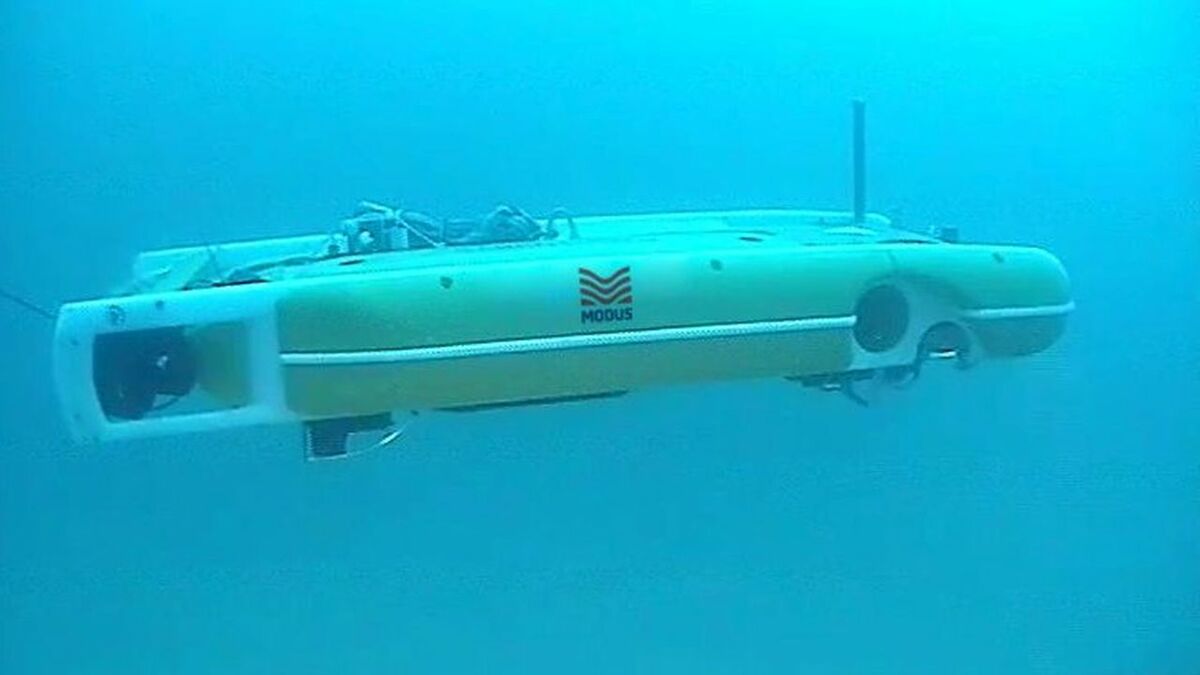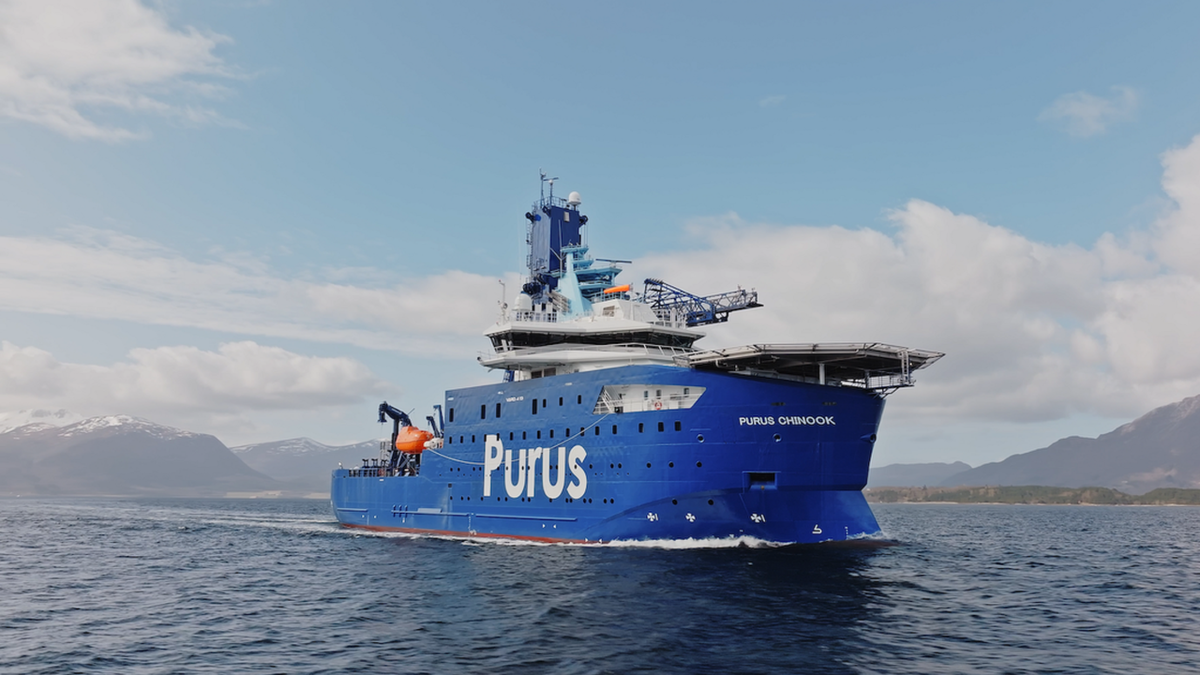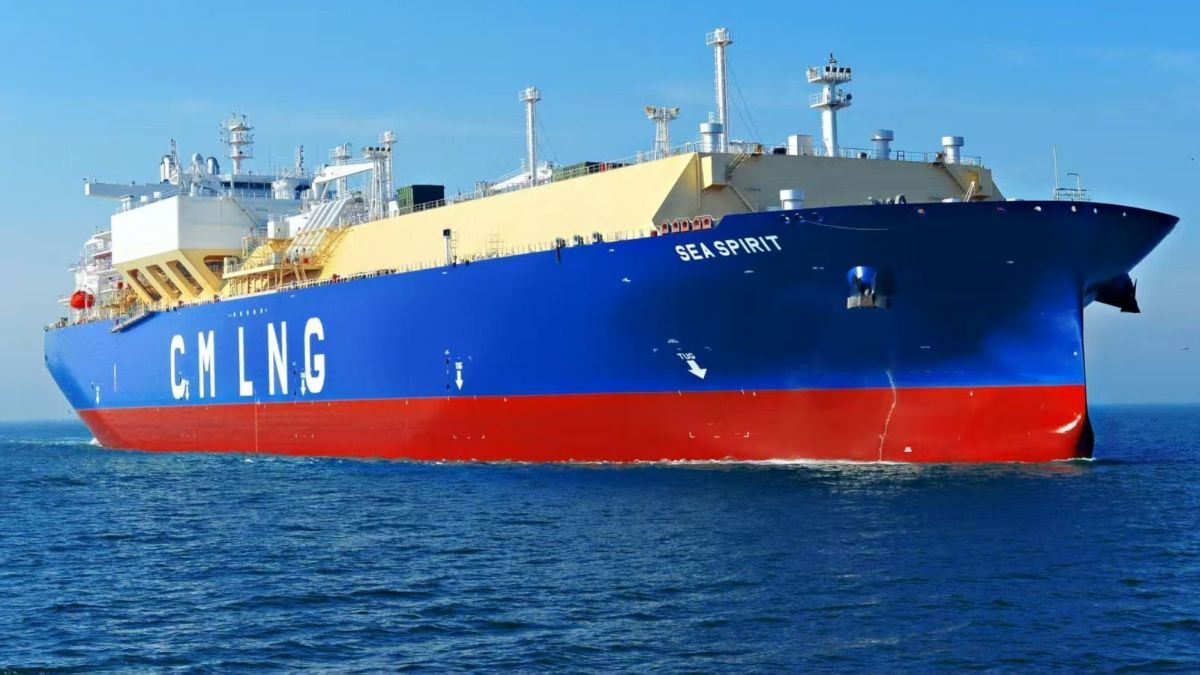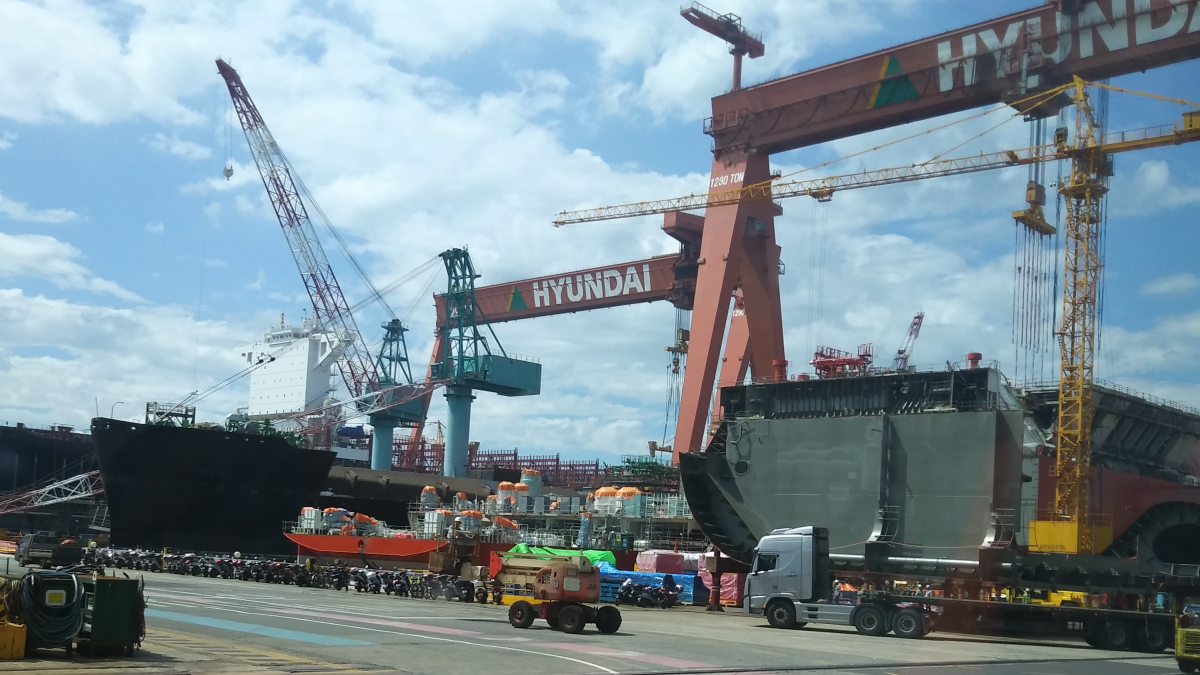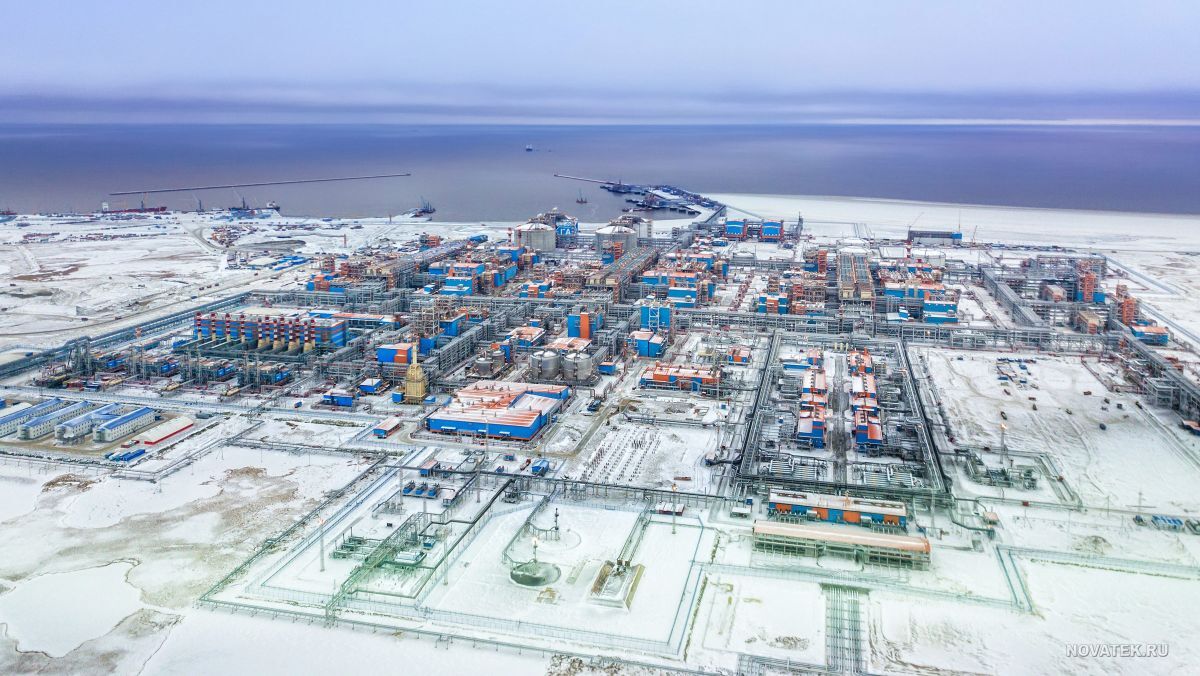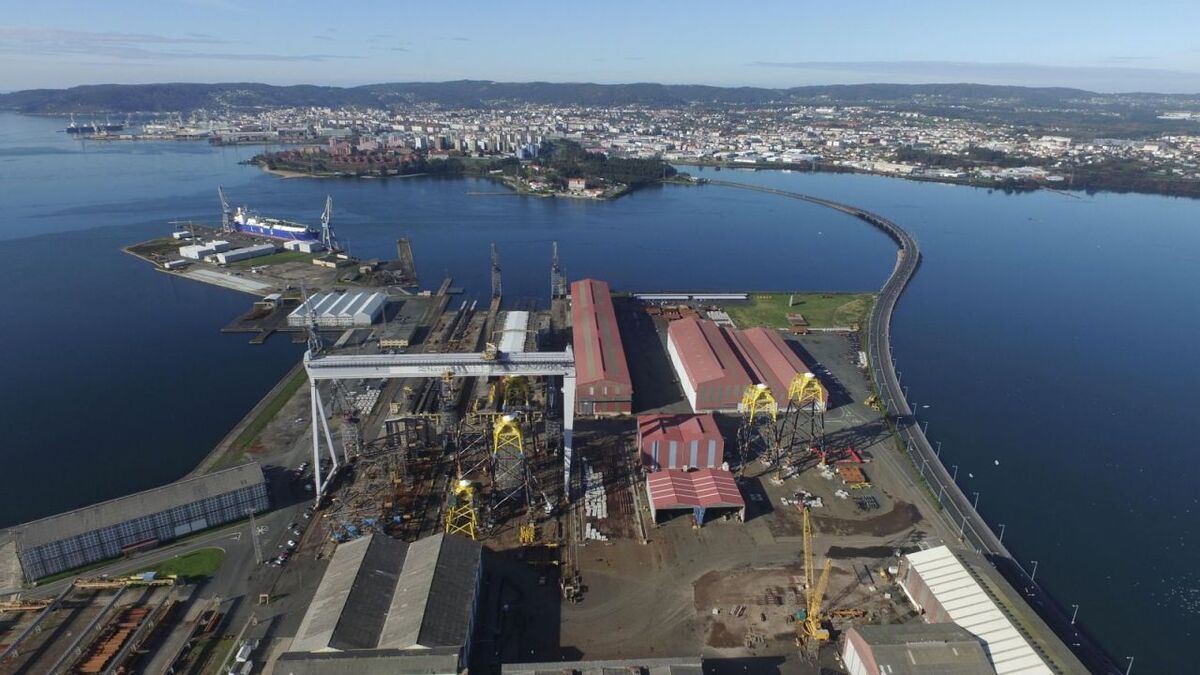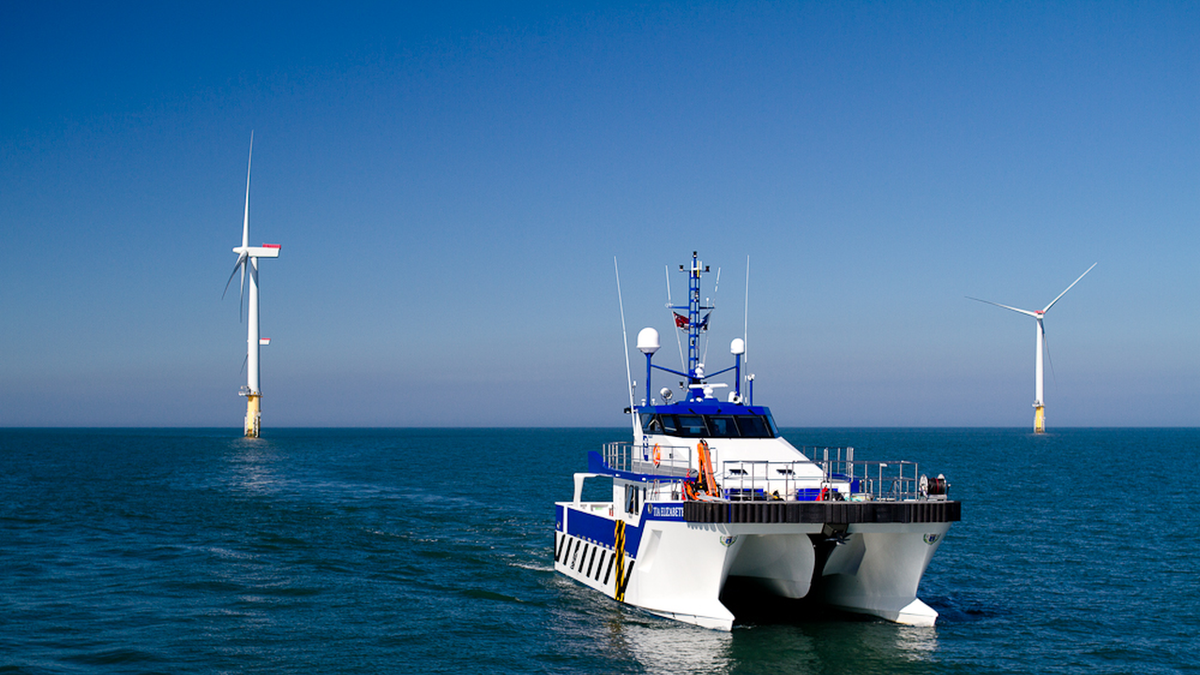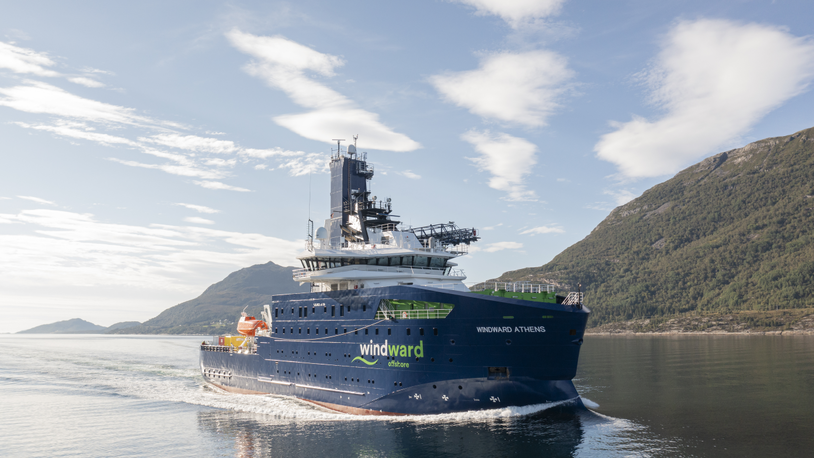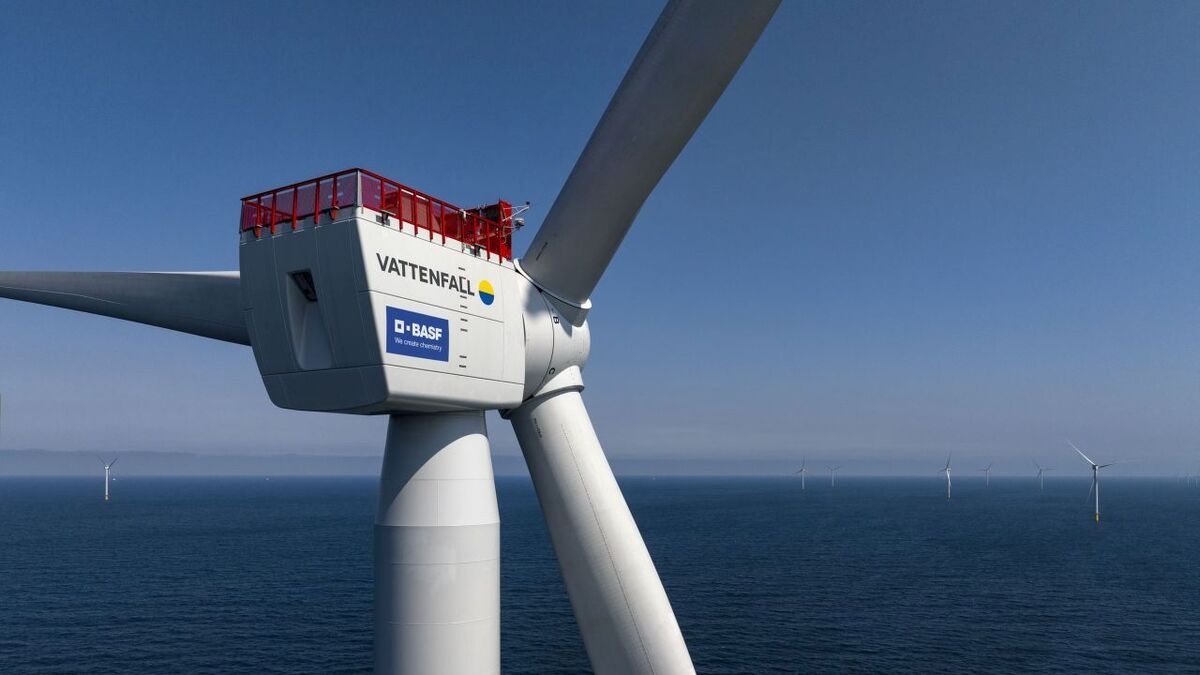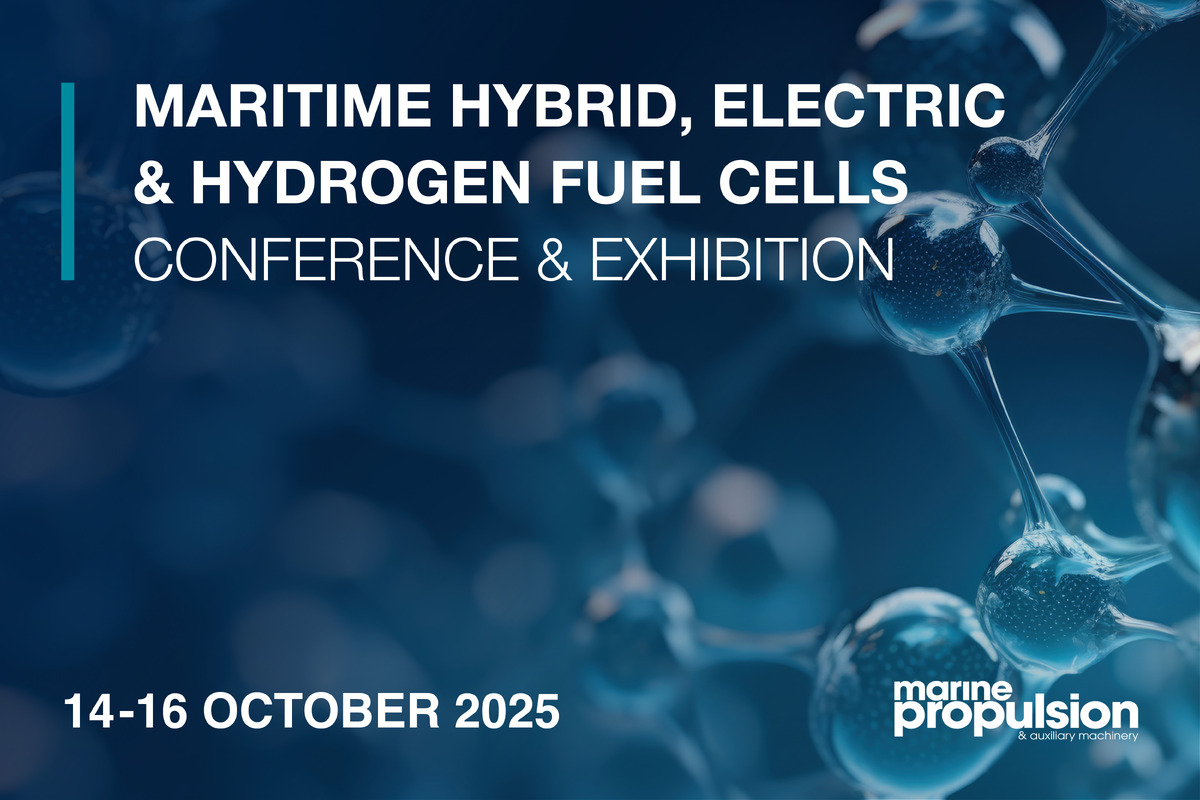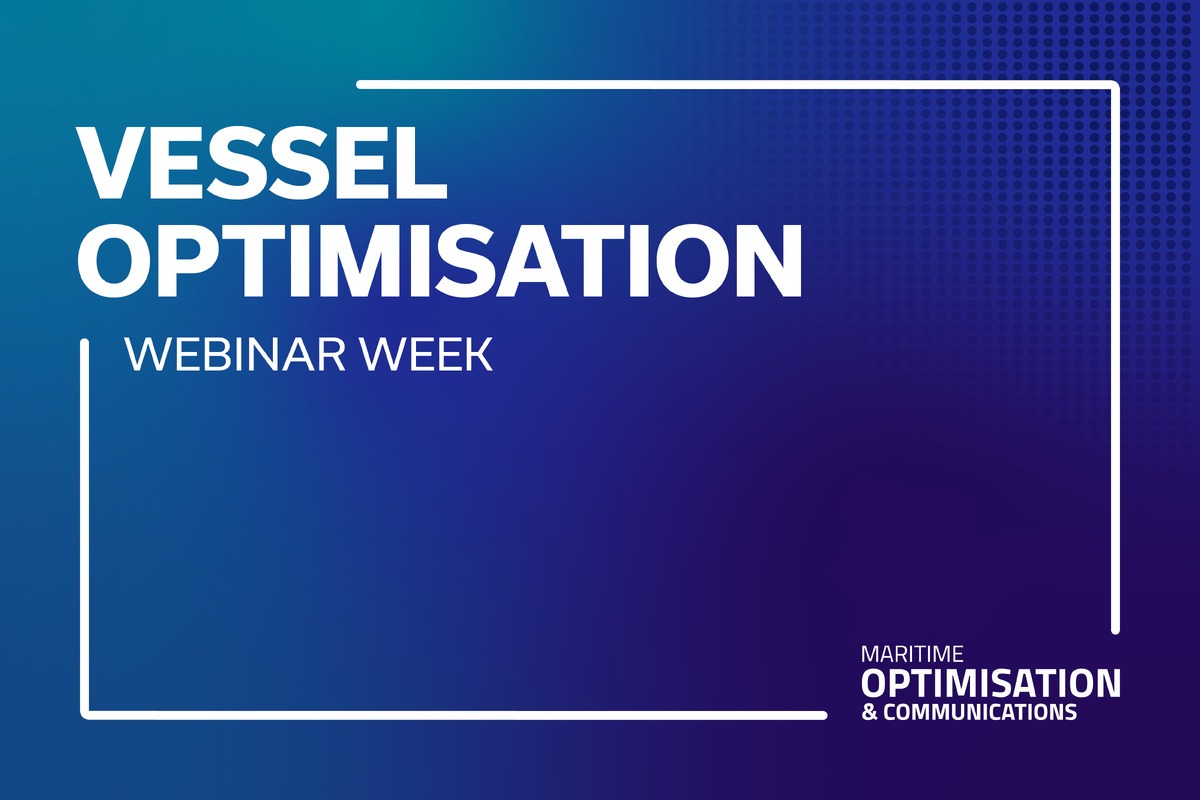Business Sectors
Events
Contents
Hybrid AUV completes depth of burial survey at Gwynt y Mor offshore windfarm
Modus Seabed Intervention in the UK recently completed a high-speed bathymetric and depth of burial survey of the inter array cable routes on innogy’s Gwynt-y-Môr offshore windfarm, using a Modus hybrid autonomous underwater vehicle
Gwynt-y-Môr will have 160 Siemens 3.6-MW wind turbines located approximately 13 km from the North Wales coast in Liverpool Bay in water depths ranging between 12 m and 28 m. The turbines are connected by 161 inter array cables with a total length of 147 km. The site is known for high currents, so any solution had to cope with currents of up to 2 knots.
To execute the depth of burial survey scope, Modus mobilised its HAUV-2 system, equipped with a cable tracking system and dual head R2Sonic 2024 multibeam echosounder, on the vessel Noordhoek Pathfinder.
The HAUV-2 has a high level of workability in currents and the system operated throughout the local tidal cycle.
Despite the high currents experienced, survey speeds achieved were approximately four times faster than conventional solutions using remotely operated vehicles.
Having already performed numerous oil and gas scopes, Gwynt-y-Môr was the first complete inter array survey performed by HAUV-2.
As well as the high current capability, the HAUV (unlike other AUV systems) can hover and sensors on it can be interchanged, which ensures system flexibility to change tasks: for example the HAUV can combine depth of burial survey with structure inspection activities to offer further synergies.
Riviera will host a week of free to attend 45-minute webinars focused on offshore wind commencing 8 June. Register your interest now
Related to this Story
Events
Offshore Support Journal Conference, Americas 2025
LNG Shipping & Terminals Conference 2025
Vessel Optimisation Webinar Week
© 2024 Riviera Maritime Media Ltd.


